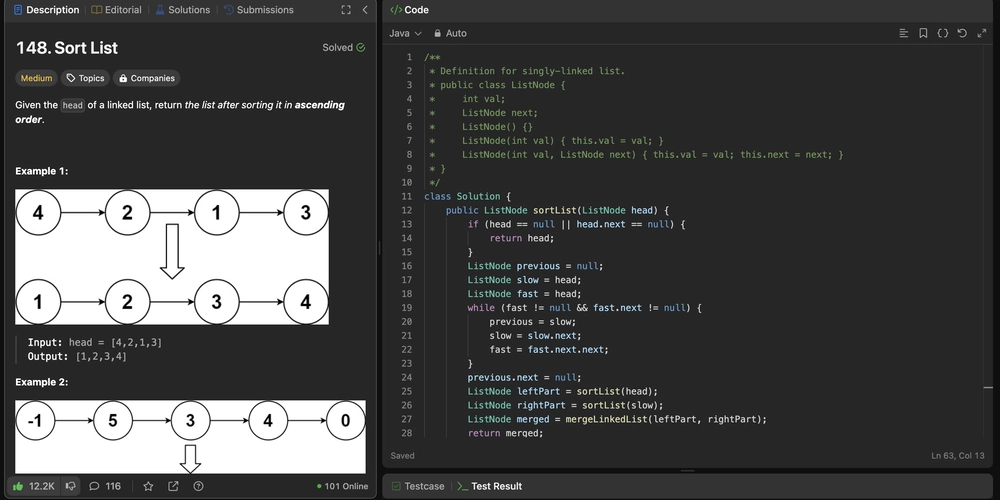Pull Requests, Done Right: The Hidden Lever of Engineering Velocity
“Your deploy pipeline is only as fast as your slowest pull request.” As engineering leaders, we obsess over road‑maps, story points, and burndown charts. Yet one of the biggest levers on team velocity often hides in plain sight: Pull Request (PR) management. Below, we’ll explore why the way you create, review, and merge PRs has an outsized impact on delivery speed—and what you can do about it. 1. The Silent Tax of Stalled PRs Every hour a PR sits unreviewed, three things happen: Context decays – Authors move on to other tasks; ramp‑up time multiplies when feedback finally arrives. Risk compounds – Branches drift, merge conflicts grow, and required re‑testing expands. Morale dips – Engineers feel blocked, leading to frustration and disengagement. Multiply those costs across dozens of PRs per sprint, and you have a hidden tax that can dwarf any process improvement initiative. 2. How Poor PR Management Hurts Velocity Symptom Impact on Velocity Long review queues Longer lead time for changes (a core DORA metric) Jumbo PRs (500+ LOC) Slower reviews, higher defect rate, rework Asynchronous ping‑pong Excessive back‑and‑forth adds days to cycle time Unclear ownership Reviewers unaware or overloaded, PRs “age out” Late conflict resolution Hotfixes and re‑bases interrupt active work Real‑World Data Points GitHub’s own study shows PRs reviewed within 24 h are 20 % more likely to merge without rework. Teams in the top DORA quartile review and merge PRs 3× faster than bottom‑quartile teams. 3. Benefits of Efficient PR Management Faster Lead Time – Quick reviews translate directly into quicker releases. Higher Code Quality – Smaller, focused PRs receive deeper scrutiny and surface fewer defects post‑merge. Better Knowledge Sharing – Rapid feedback loops turn reviews into micro‑mentoring sessions. Predictable Delivery – When PR flow is smooth, sprint commitments stop slipping. Happier Engineers – Nothing kills momentum like waiting; momentum sustains motivation. 4. What “Good” Looks Like Practice Why It Works Keep PRs < 300 LOC Easier to review, less cognitive load, faster approval Automated reviewer assignment Eliminates guesswork; balances workload Service‑level objectives (e.g., “review within 4 h”) Sets expectations; enables reporting Dedicated discussion space (Slack threads, ephemeral channels) Centralizes context; avoids lost comments Daily gentle reminders Keeps PRs top‑of‑mind without nagging CI checks before review Reviewers focus on logic, not failing tests Metrics dashboard (cycle time, review turnaround) Turns PR flow into an improvable KPI 5. Tooling Matters While culture and process come first, the right tools can automate away friction: Slack bots that create a temporary channel per PR and loop in only the right reviewers. Dashboards surfacing stale PRs and average review times. Workflow automation that re‑assigns or escalates overdue reviews. Tip: Evaluate whether your existing GitHub/Slack integration supports these flows—or pilot a specialized solution. 6. Getting Started This Week Audit your backlog – How many PRs are > 3 days old? Set a team SLA – Agree on a maximum review wait time. Shrink your next PR – Challenge authors to split large changes. Measure & iterate – Track lead time for changes and celebrate improvements. 7. Conclusion Engineering velocity isn’t just about writing code faster; it’s about removing the friction between writing code and running it in production. Streamlined pull request management is one of the highest‑leverage ways to do exactly that—often with minimal cost and near‑immediate payoff. Ready to unlock your team’s full speed? Start with the next PR you open. Have thoughts or success stories about speeding up PRs? Drop a comment below—let’s learn together!
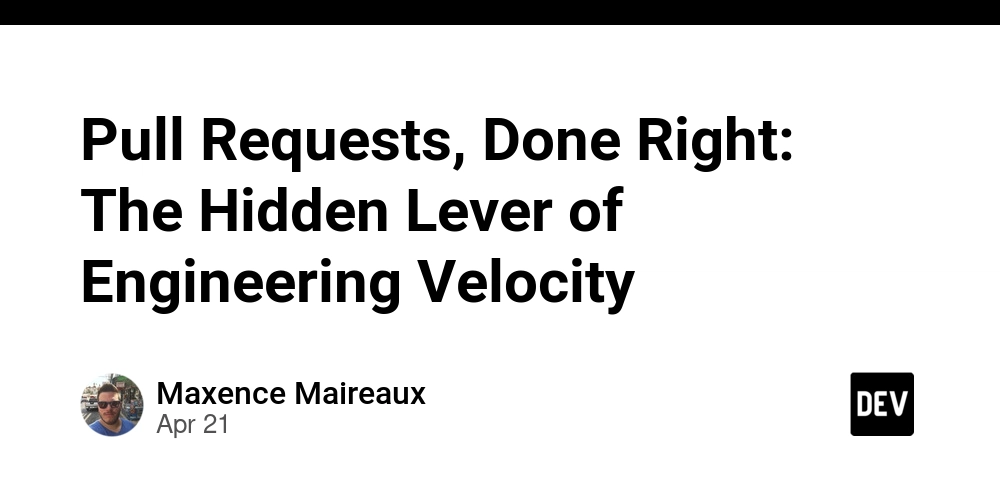
“Your deploy pipeline is only as fast as your slowest pull request.”
As engineering leaders, we obsess over road‑maps, story points, and burndown charts. Yet one of the biggest levers on team velocity often hides in plain sight: Pull Request (PR) management.
Below, we’ll explore why the way you create, review, and merge PRs has an outsized impact on delivery speed—and what you can do about it.
1. The Silent Tax of Stalled PRs
Every hour a PR sits unreviewed, three things happen:
- Context decays – Authors move on to other tasks; ramp‑up time multiplies when feedback finally arrives.
- Risk compounds – Branches drift, merge conflicts grow, and required re‑testing expands.
- Morale dips – Engineers feel blocked, leading to frustration and disengagement.
Multiply those costs across dozens of PRs per sprint, and you have a hidden tax that can dwarf any process improvement initiative.
2. How Poor PR Management Hurts Velocity
| Symptom | Impact on Velocity |
|---|---|
| Long review queues | Longer lead time for changes (a core DORA metric) |
| Jumbo PRs (500+ LOC) | Slower reviews, higher defect rate, rework |
| Asynchronous ping‑pong | Excessive back‑and‑forth adds days to cycle time |
| Unclear ownership | Reviewers unaware or overloaded, PRs “age out” |
| Late conflict resolution | Hotfixes and re‑bases interrupt active work |
Real‑World Data Points
- GitHub’s own study shows PRs reviewed within 24 h are 20 % more likely to merge without rework.
- Teams in the top DORA quartile review and merge PRs 3× faster than bottom‑quartile teams.
3. Benefits of Efficient PR Management
- Faster Lead Time – Quick reviews translate directly into quicker releases.
- Higher Code Quality – Smaller, focused PRs receive deeper scrutiny and surface fewer defects post‑merge.
- Better Knowledge Sharing – Rapid feedback loops turn reviews into micro‑mentoring sessions.
- Predictable Delivery – When PR flow is smooth, sprint commitments stop slipping.
- Happier Engineers – Nothing kills momentum like waiting; momentum sustains motivation.
4. What “Good” Looks Like
| Practice | Why It Works |
|---|---|
| Keep PRs < 300 LOC | Easier to review, less cognitive load, faster approval |
| Automated reviewer assignment | Eliminates guesswork; balances workload |
| Service‑level objectives (e.g., “review within 4 h”) | Sets expectations; enables reporting |
| Dedicated discussion space (Slack threads, ephemeral channels) | Centralizes context; avoids lost comments |
| Daily gentle reminders | Keeps PRs top‑of‑mind without nagging |
| CI checks before review | Reviewers focus on logic, not failing tests |
| Metrics dashboard (cycle time, review turnaround) | Turns PR flow into an improvable KPI |
5. Tooling Matters
While culture and process come first, the right tools can automate away friction:
- Slack bots that create a temporary channel per PR and loop in only the right reviewers.
- Dashboards surfacing stale PRs and average review times.
- Workflow automation that re‑assigns or escalates overdue reviews.
Tip: Evaluate whether your existing GitHub/Slack integration supports these flows—or pilot a specialized solution.
6. Getting Started This Week
- Audit your backlog – How many PRs are > 3 days old?
- Set a team SLA – Agree on a maximum review wait time.
- Shrink your next PR – Challenge authors to split large changes.
- Measure & iterate – Track lead time for changes and celebrate improvements.
7. Conclusion
Engineering velocity isn’t just about writing code faster; it’s about removing the friction between writing code and running it in production.
Streamlined pull request management is one of the highest‑leverage ways to do exactly that—often with minimal cost and near‑immediate payoff.
Ready to unlock your team’s full speed? Start with the next PR you open.
Have thoughts or success stories about speeding up PRs? Drop a comment below—let’s learn together!






















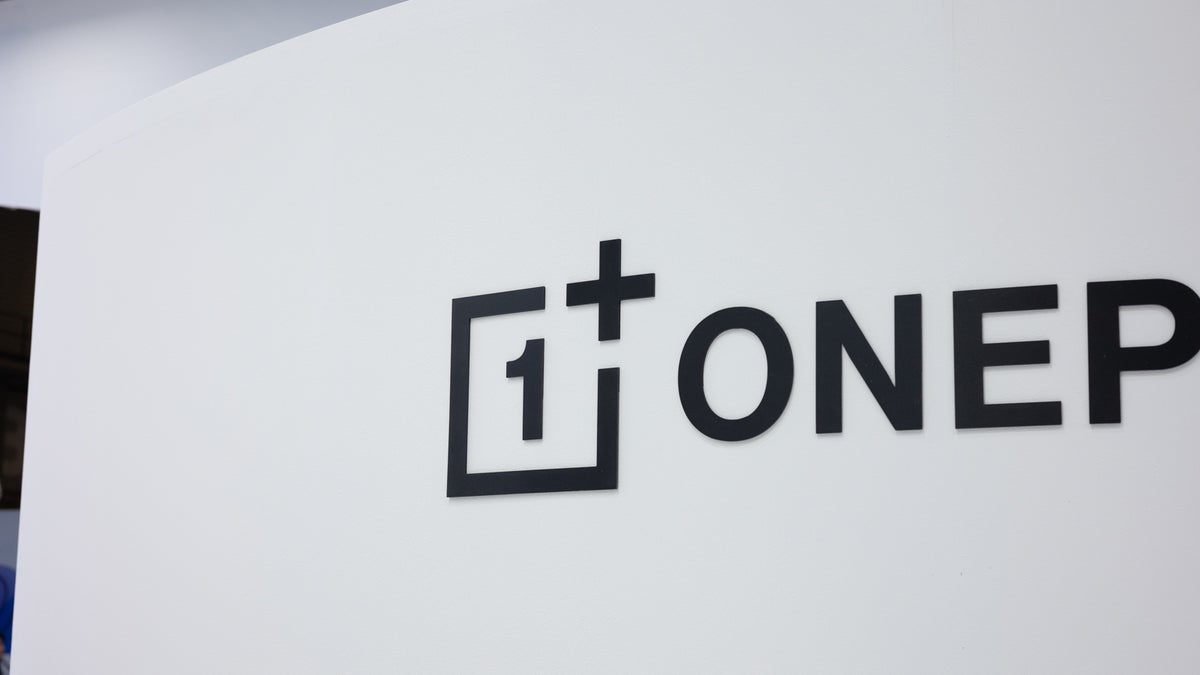



















![Mobile Legends: Bang Bang [MLBB] Free Redeem Codes April 2025](https://www.talkandroid.com/wp-content/uploads/2024/07/Screenshot_20240704-093036_Mobile-Legends-Bang-Bang.jpg)










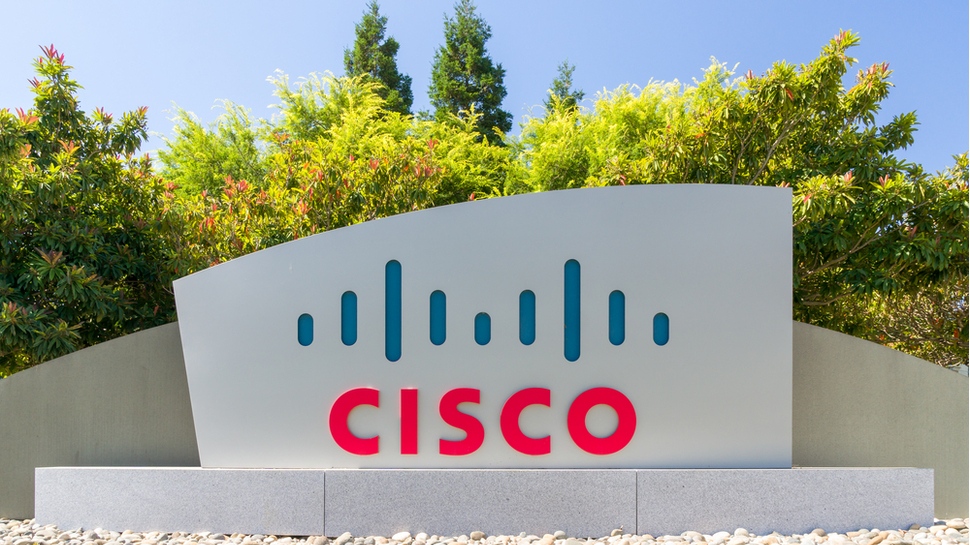













![Apple Shares Official Trailer for 'Long Way Home' Starring Ewan McGregor and Charley Boorman [Video]](https://www.iclarified.com/images/news/97069/97069/97069-640.jpg)
![Apple Watch Series 10 Back On Sale for $299! [Lowest Price Ever]](https://www.iclarified.com/images/news/96657/96657/96657-640.jpg)
![Apple Slips to Fifth in China's Smartphone Market with 9% Decline [Report]](https://www.iclarified.com/images/news/97065/97065/97065-640.jpg)















![What features do you get with Gemini Advanced? [April 2025]](https://i0.wp.com/9to5google.com/wp-content/uploads/sites/4/2024/02/gemini-advanced-cover.jpg?resize=1200%2C628&quality=82&strip=all&ssl=1)






























































































_Andreas_Prott_Alamy.jpg?width=1280&auto=webp&quality=80&disable=upscale#)




















































































![[The AI Show Episode 144]: ChatGPT’s New Memory, Shopify CEO’s Leaked “AI First” Memo, Google Cloud Next Releases, o3 and o4-mini Coming Soon & Llama 4’s Rocky Launch](https://www.marketingaiinstitute.com/hubfs/ep%20144%20cover.png)
































































































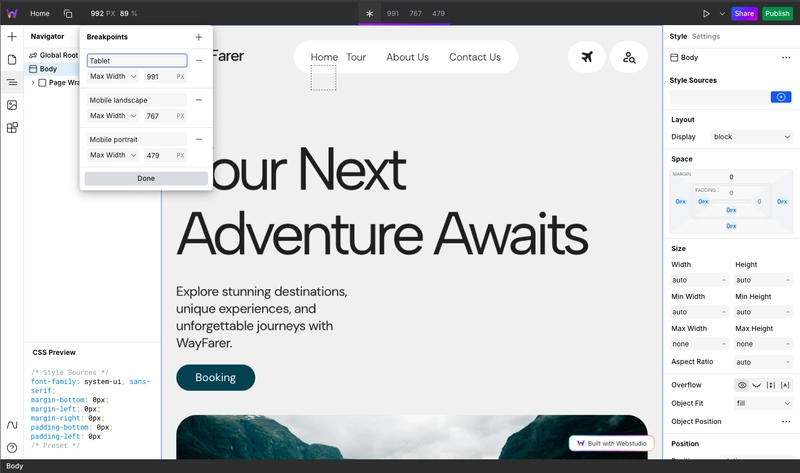














































![[DEALS] The All-in-One Microsoft Office Pro 2019 for Windows: Lifetime License + Windows 11 Pro Bundle (89% off) & Other Deals Up To 98% Off](https://www.javacodegeeks.com/wp-content/uploads/2012/12/jcg-logo.jpg)




















































































